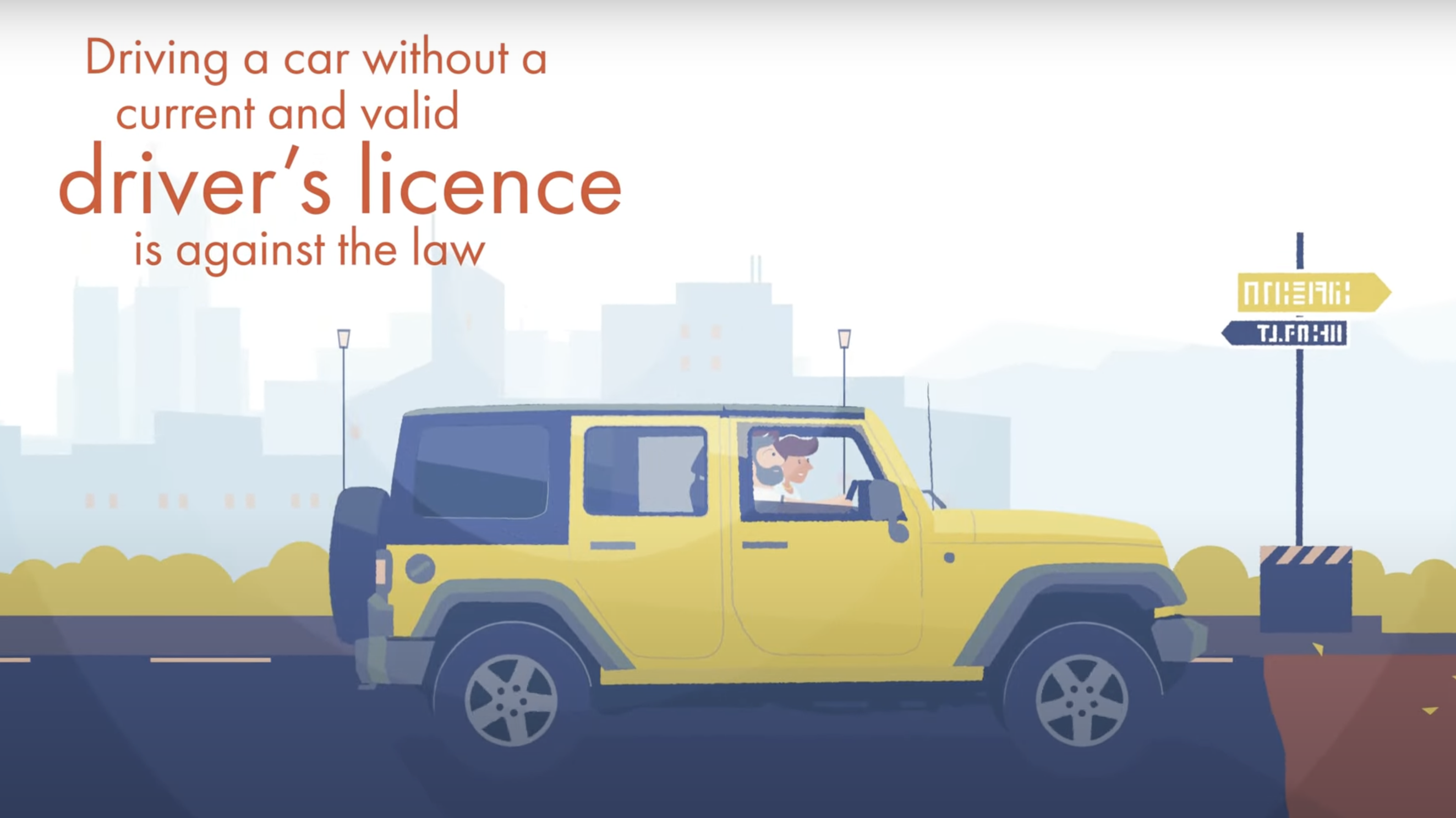United States of America
PART 1 - DRIVING WITH A DISABILITY
Regulations for people with disabilities to obtain driving licences
the Americans with Disabilities Act protects individuals who are disabled from being discriminated against – including on the road. This law prevents a state’s Departmentof Motor Vehicles from denying a driver’s license to someone based only on their disability.
If you have one of the following conditions, then you can still drive a car safely – even if you use a wheelchair: Absent limbs, reduced limb function, spinal cord injuries (depending on the severity and location), mobility issues due to degenerative disorders, disease, heart attack, or stroke, muscular dystrophy, traumatic brain injury, cystic fibrosis, Parkinson’s disease, multiple sclerosis, paraplegia or hemiplegia, neuromuscular disease. Disabled drivers must be at least 16 years old and, like other drivers, must pass a test to get their license.
Vehicle type and adaptation to controls
each state has its own set of rules when it comes to laws surrounding disability and motor vehicles, but in general, if you have a disability, then you legally must make your state’s DMV aware of it. They may then issue you a restricted license based on limited mobility, hearing, or vision. You may also need to make modifications to your vehicle in order to operate it legally on the road.
Responsible Agencies
Name of Department/Ministry: NHTSA
Phone number for queries: 1-888-327-4236
website (s): https://www.nhtsa.gov/road-safety/adapted-vehicles
PART 2 - PARKING CARDS
Eligibility for disability parking cards
Wheelchair users, People with walking difficulty, People with vision impairment, People with mental health issues, learning disabilities or other hidden disabilities
Each state will have a list of specific criteria regarding the qualifying conditions for a disabled parking permit.
The most common conditions that qualify you for a permit include: A condition or disease that limits your ability to walk; Impaired mobility such as the use of a brace, cane, or wheelchair; Documents vision issues such as partial sightedness or low vision Loss of the use of one or both hands or legs Lung disease Heart disease Other conditions may qualify you, so make sure to check with your local DMV to find out more.
Parking concessions for people with disabilities
These permits, also referred to as disabled placards, tags,
or badges, allow disabled drivers to park in spaces reserved for those
with a disability. You may also be able to access metered parking without
paying or be allowed to park in time-limited spaces for longer than posted.
Check with your state’s DMV to find out what your disabled parking permit entitles you to.
The website for official national policy on parking – https://drhandicap.com/insights/can-drive-disability/
Application to foreign driving licence holders
the same concessions available to individuals with a disability visiting the USA. However, the requirements for disabled permits for visiting motorists vary from state to state. In some cases an out of state or international permit is sufficient; in others a local, temporary permit is required. Where applicable, it is worth checking with your car hire company or contacting a local tourist office representing your destination. Many states’ Departments of Motor Vehicles (DMV) now provide information and/or application forms on their websites.
Disability parking spaces
The minimum dimensions is at least 96 in (2440 mm) wide
Responsible Agencies
website(s) https://www.ada.gov/
PART 3 - HIRING A CAR IF YOU HAVE A DISABILITY
Where to hire a vehicle
At major airports, At city centre hire car outlets


